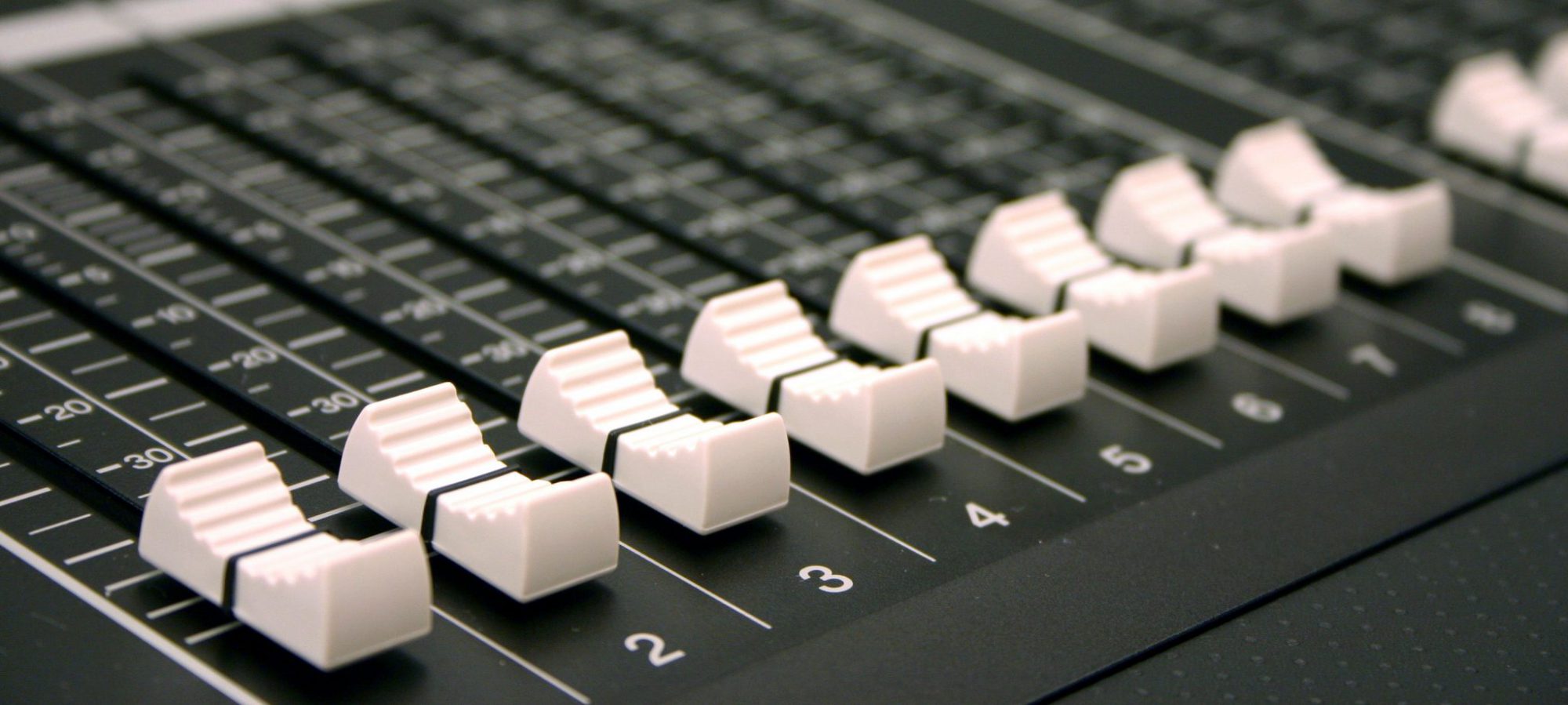Welcome back to our Gear Talk series about audio distribution. Last week, we talked about the various types of splitters, patch panels, and snake connectors, but this week we’re taking a moment to stop and understand how digital audio consoles process their audio and how that affects connecting audio consoles to each other over digital formats. Even if you only have two consoles to connect understanding the various factors involved is vital.
One of the things I often come across when working in broadcast land is the need to bridge multiple audio consoles (or just audio devices) through digital networks. In broadcast applications with consoles that can support multiple formats and thousands of inputs and outputs it is something I have become fairly familiar with and I have grown to understand most of the popular digital audio formats in use today. When connecting multiple digital audio devices (consoles) together one thing that you MUST ALWAYS be aware of is clocking (i.e. word clock). The word clock is basically an audio device’s heartbeat. It digitizes the data being brought in from it’s analog to digital converters all together at the same time. When we connect or network digital consoles, we need to make sure they’re all clocking the audio bits together. If the consoles aren’t all clocked together, then those consoles will fall out of sync and artifacts or even dropouts in audio between the consoles will appear. When networking multiple consoles it is imperative to make sure that you have your clocking set up and working properly. The best way to do this is to have a clock master console or device. This is a device that all other digital audio devices synchronize with. Most broadcast houses have a specialized “house clock” that handles both video and audio synchronization all at once so. In most cases, where only two or three consoles are being connected, you can simply designate one console to be the clock master. Designating a clock master is like syncing watches back in the days before smart watches. Most analog watches can keep great time, but if a group of people get together to do something very time sensitive, then they need to make sure all their watches all agree that 9am is 9am and that 9am starts at the same second for everyone at once. Once you’ve understood that all your consoles must be clocked to a single source, you can now begin to understand digital audio distribution a lot quicker.
Another item to consider is the processing rate, or sample rate, of the audio consoles involved. Most audio consoles in use today have a sample rate (the rate at which the analog audio is sampled (i.e. digitized) per second) of 48K but 96K is catching on and becoming much more popular and some consoles even have sample rates as high as 192K. When thinking about audio processing there’s actually two factors to consider, one the sample rate which basically refers to how fast and how much your console processes the audio coming into it. The bit depth, which is often given in conjunction with the sample rate is how much audio your console can process at the given rate. Think about sample rate as the speed limit on a highway and the bit depth the lanes on a highway. You need both a fast highway and a lot of lanes to move traffic smoothly. In this sense, sample rates and bit depths depend on each other. Most modern audio consoles today have bit depths of 16 or 24 bits with some manufacturers offering 32 bit I/O modules for more detailed sound. This means most consoles have a great “highway” with plenty of “lanes” (bit depth) and lots of “speed” (sample rate) to move our audio along and process it efficiently and truthfully. While bit depth isn’t often a huge deal when networking consoles, the sample rate is very important as most digital networking formats have a hard time converting sample rates when transporting audio between consoles. This is because a console running at 96K samples or processes the audio twice as much as a console running at 48K in a given moment of time The de facto standard to most digital networking formats is currently 48K because the broadcast world is still in 48k due to the huge complexity of their systems and interconnected technology. Live sound consoles vary much more based on manufacturer and user input.
Making sure all your audio consoles can communicate properly all comes down to sample rates and clocking. Even consoles with the same sample rate may not be sampling the audio at exactly the same moment. Without making sure all the shared audio is being sampled together, the audio can be ruined. It is important to understand the role of a master clock and why one is almost always needed when two digital consoles are connected together. Next week we’ll dive into some of the more common formats in use today as we continue our audio distribution primer. Be sure to drop a line below or on Facebook if you have any questions or drop an email to engineers@studiostagelive.com. If this article has sparked your interest in this topic be sure to follow this link and register to receive an email when new content is published. See you all on the flipside!


